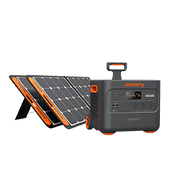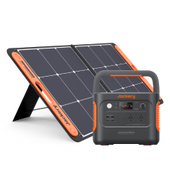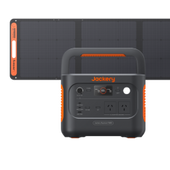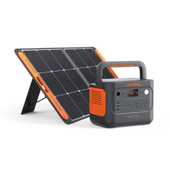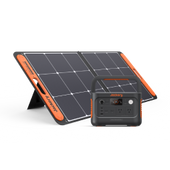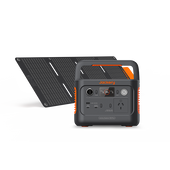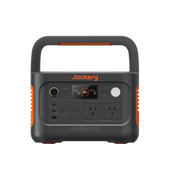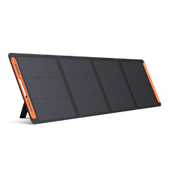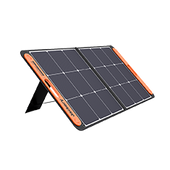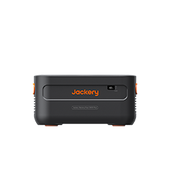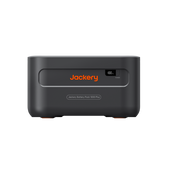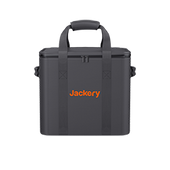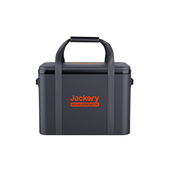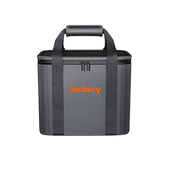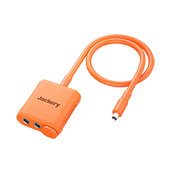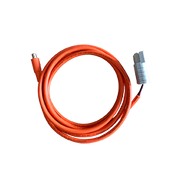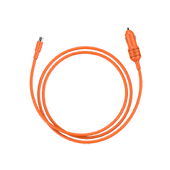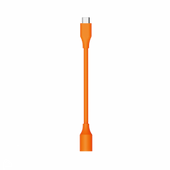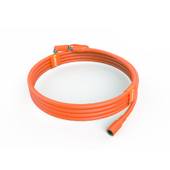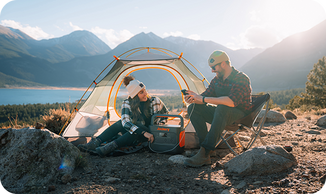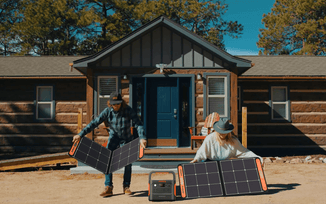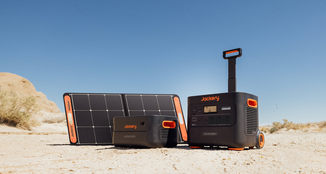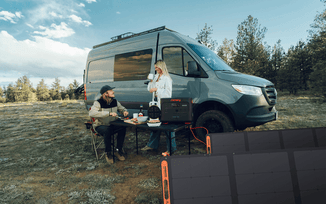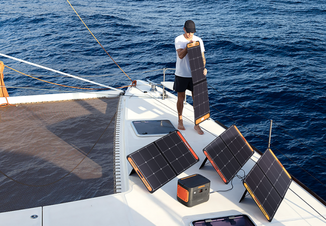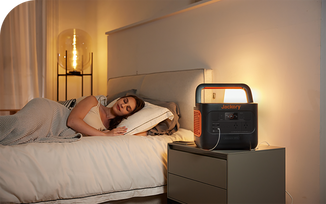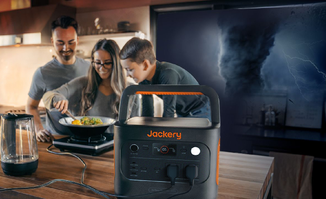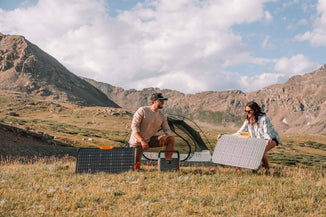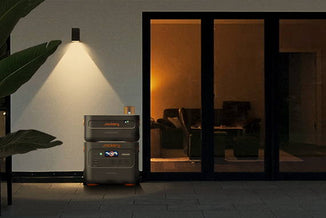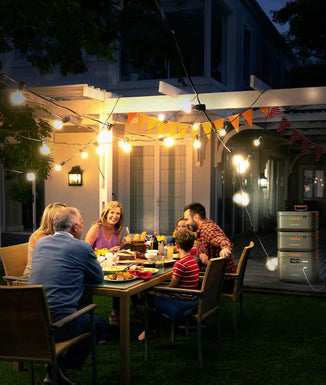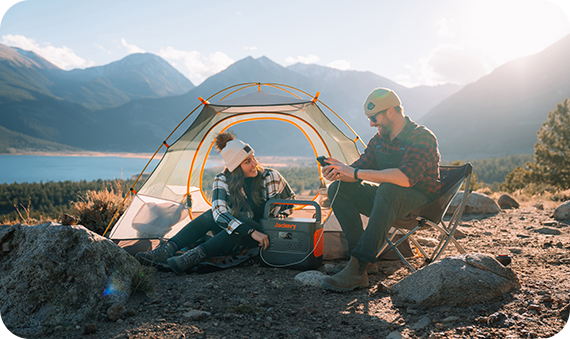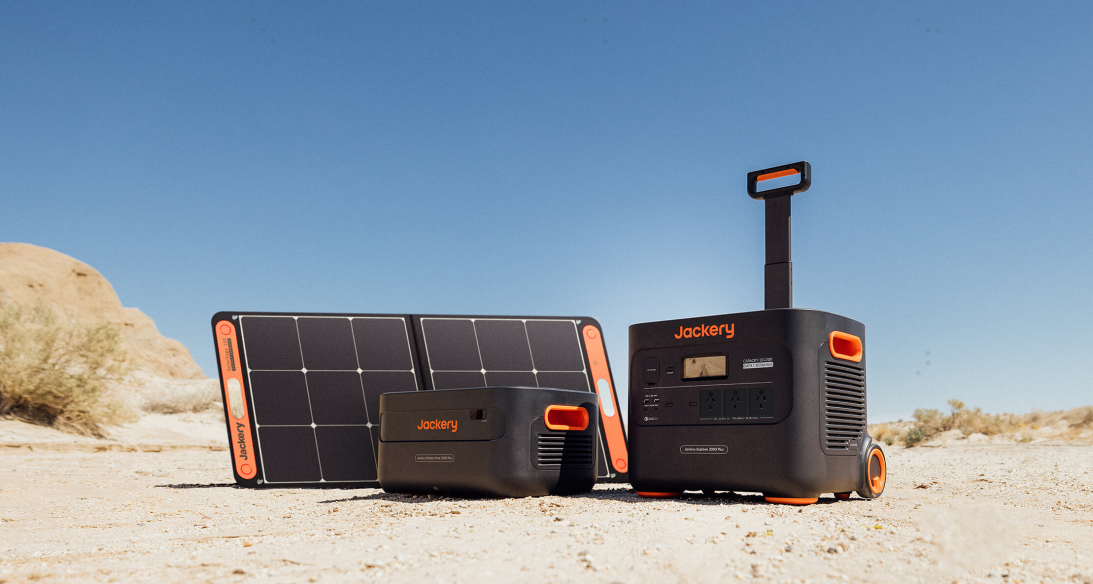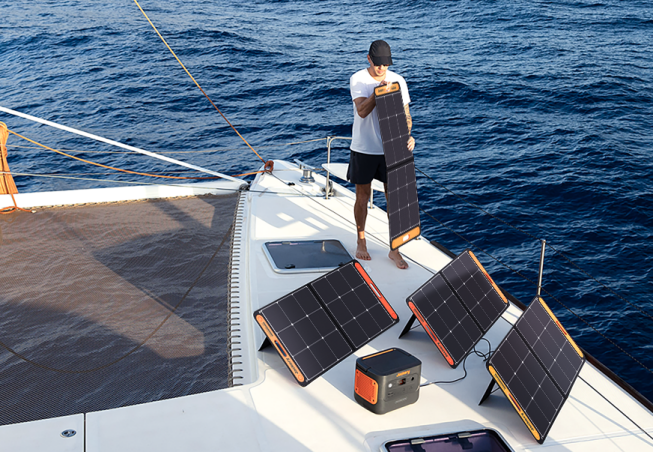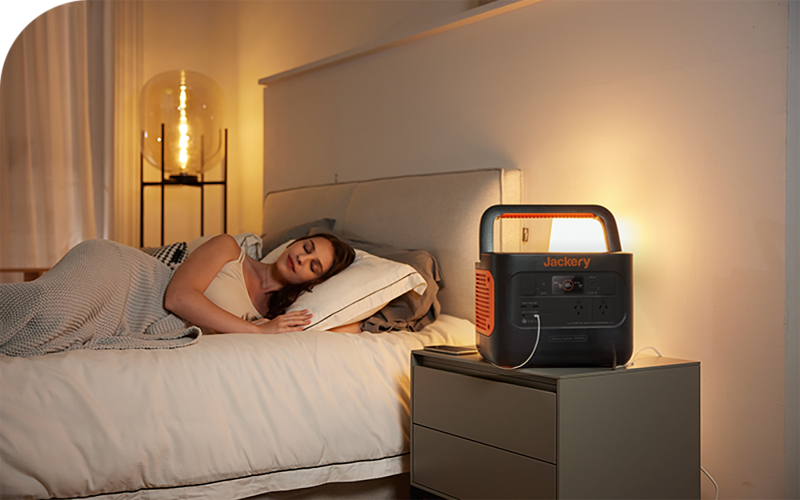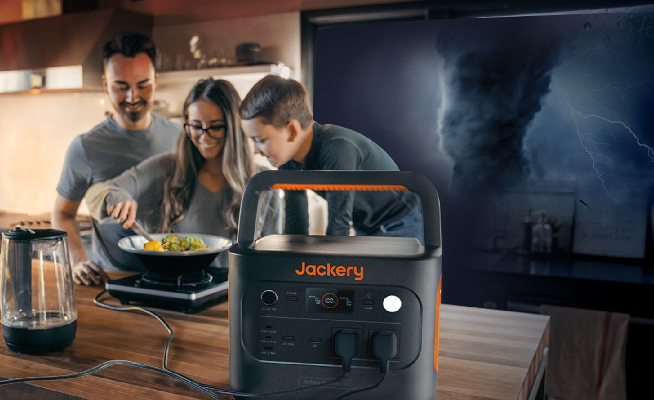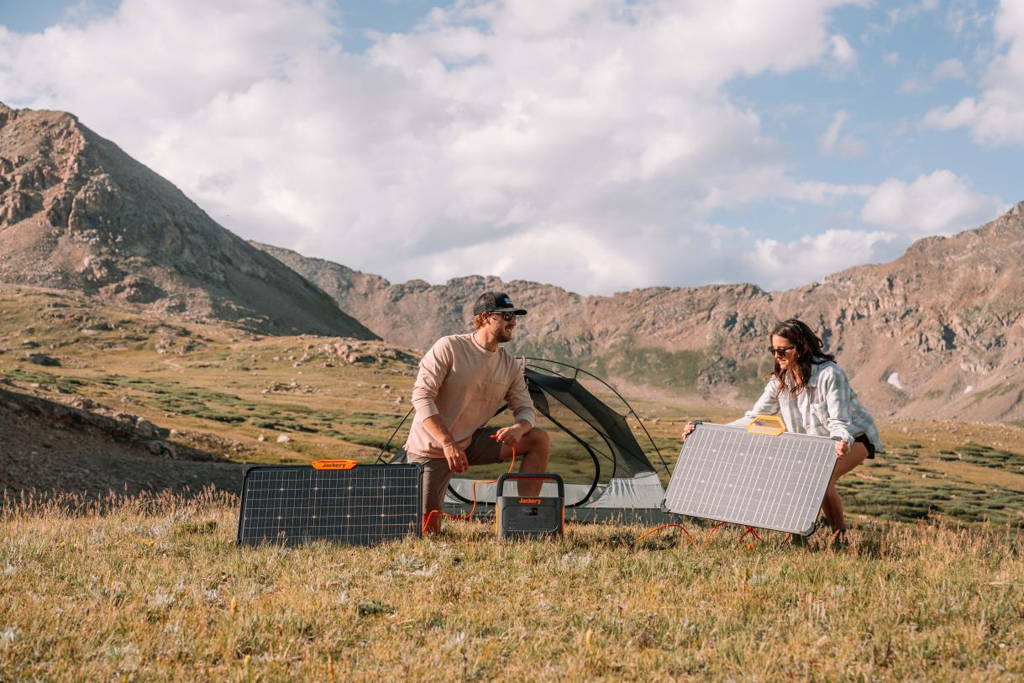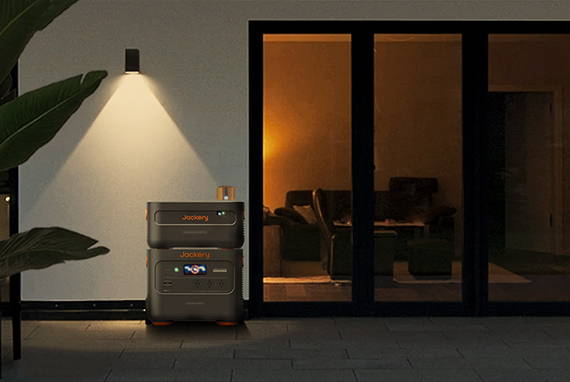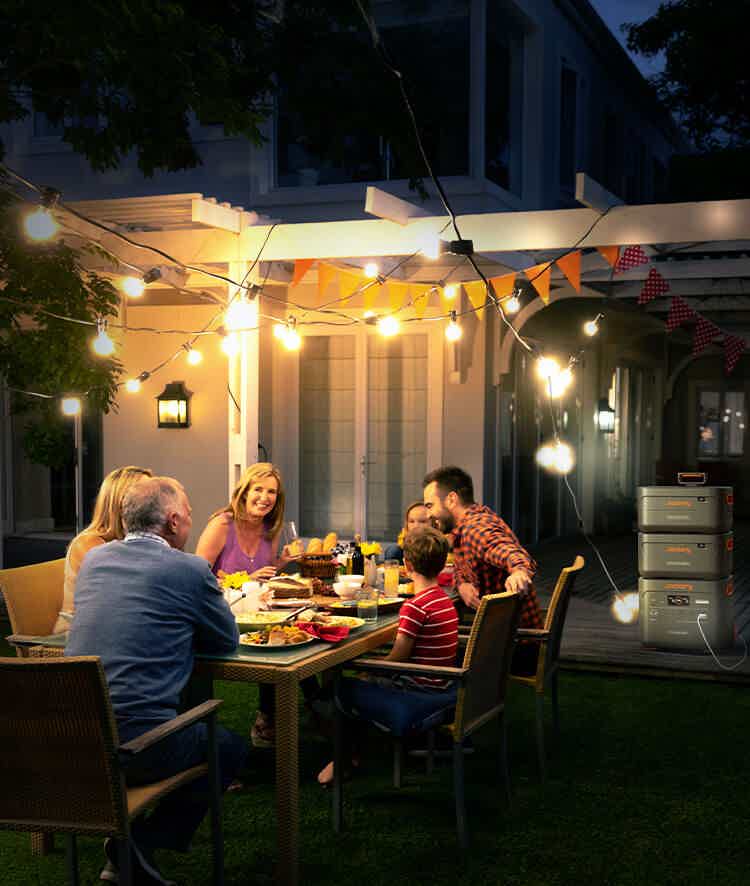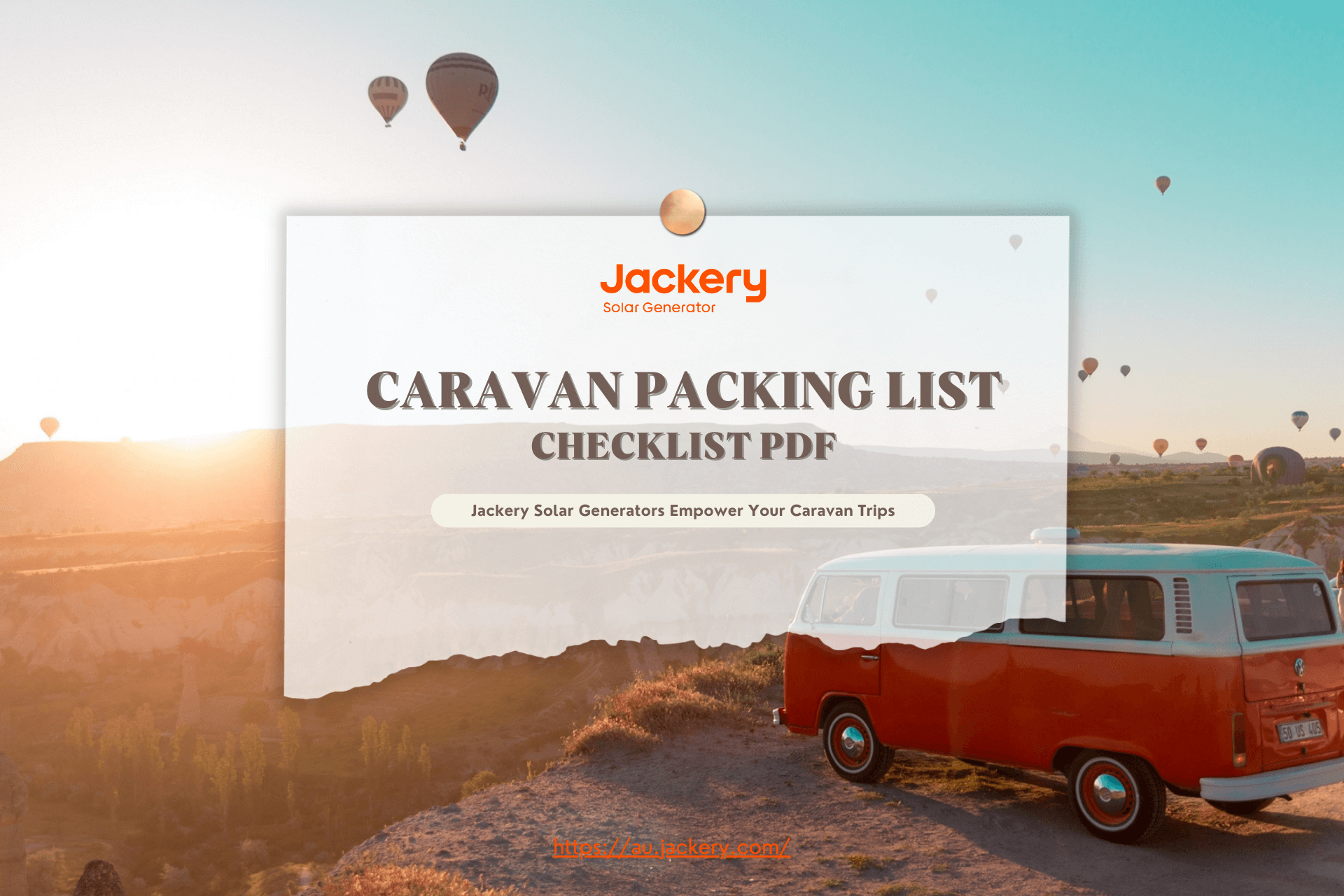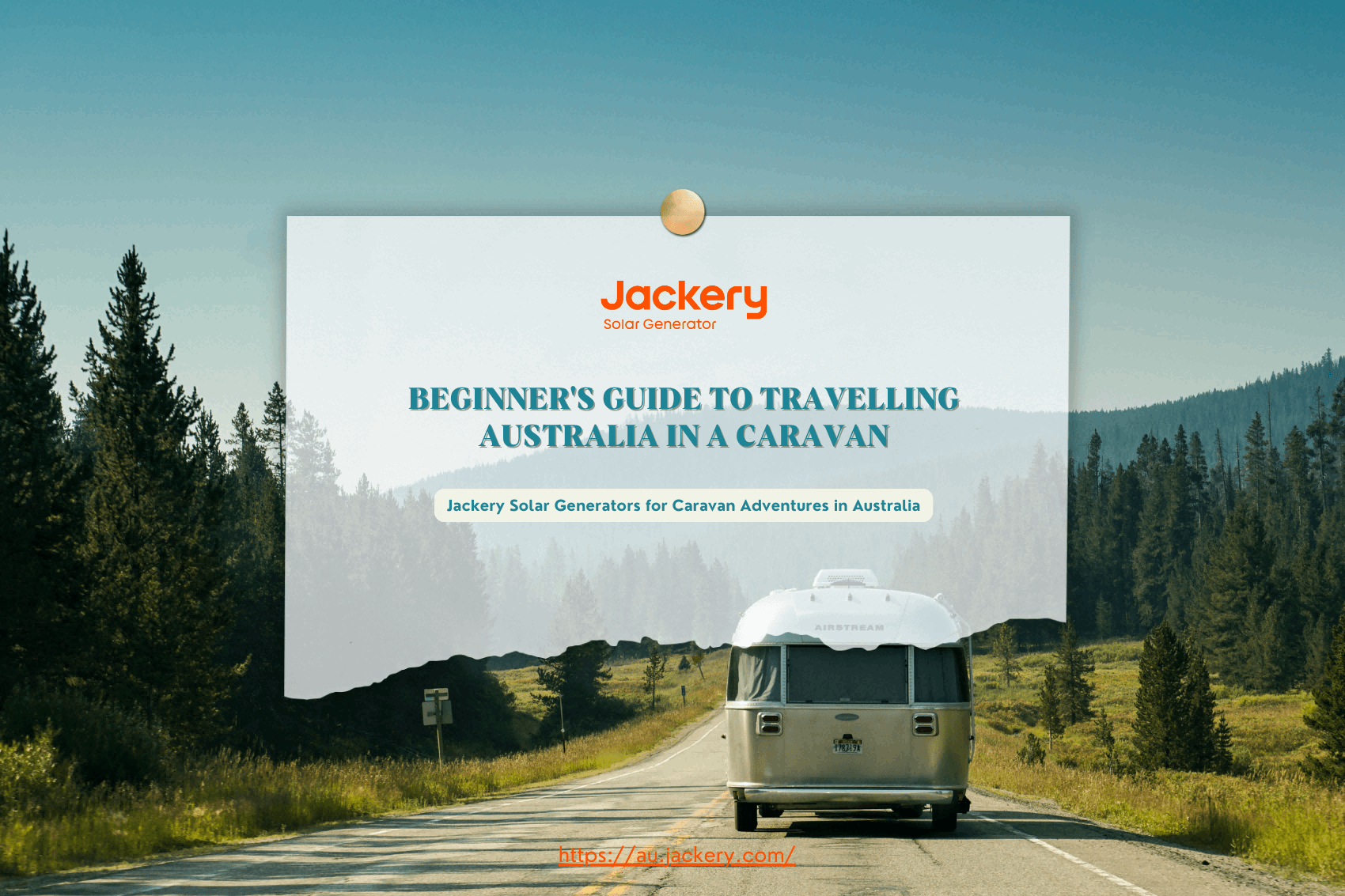|
Key Takeaways: |
|
- Tare weight refers to the empty weight of your caravan as it left the factory, including standard furnishings but omitting personal things. - Tare weight calculates payload by subtracting it from the caravan's ATM (Aggregate Trailer Mass). - Understanding tare weight allows you to stay within Australia's legal restrictions imposed on towing vehicles and trailers. - Modifications and aftermarket extras might raise the tare weight above the original manufacturer's specification. Regularly monitoring your caravan's weight ensures a safe, smooth, and legal trip across Australia. - Considering the power source for a caravan, we recommend Jackery Solar Generator 2000 Plus or 1000 Plus to power caravan appliances outdoors or inside the caravan. |
What is Tare Weight?
Tare weight, also known as unladen weight, is the weight of an empty container, vehicle, or packing with no contents or cargo. This measurement is important in many industries, including logistics, shipping, and retail, because it enables precise estimations of the net weight of items by subtracting the tare weight from the gross weight.
In essence, Tare refers to the weight of your van empty. However, what is "nothing", and how "empty" must the vehicle be? Let's go straight to Vehicle Rules Bulletin 1 (VSB1), which contains all of Australia's trailer rules and requirements.
The requirements specified in VSB1 must be followed by all new trailers (including caravans) constructed in Australia or imported, including secondhand trailers from elsewhere. It will be here if there is a Tare definition worth knowing.
However, as you study the regulations, you quickly learn that Tare is not one of those crucial "standards" that, like, say, Aggregate Trailer Mass (ATM) and Gross Trailer Mass (GTM), will cause problems if not followed.
However, Tare does receive a definition in VSB1. "Tare is the total mass of the trailer when not carrying any load, but when ready for service, unoccupied (if applicable), and with all fluid reservoirs (if fitted) filled to nominal capacity except for fuel, which shall be 10 litres only, and with all standard equipment and any options fitted," states section 12.7 to be precise. When the combination vehicle rests on a horizontal supporting plane, this includes any mass applied to the drawing vehicle. (Water tanks and waste water tanks installed on caravans are not considered fluid reservoirs.)

Other Weight Terminology
For safe and legal towing in Australia, it is essential to have a solid understanding of the language around caravan weight. The following is a glossary of the most important terminology:
Aggregate Trailer Mass is the maximum allowable caravan weight when fully loaded and unhitched from the towing vehicle. It combines the Tare Mass with the payload (water, gas, luggage, etc.) and the Tow Ball Mass. Exceeding the ATM limit is prohibited and can jeopardise safety.
Gross Trailer Mass (GTM)
The fully loaded caravan's axles can sustain its maximum weight when connected to a towing vehicle. It excludes the Towing Ball Mass carried by the towing vehicle. GTM is consistently less than ATM.
Gross Vehicle Mass (GVM)
When fully loaded, the maximum permitted weight of the towing vehicle includes the vehicle's weight, passengers, fuel, cargo, and the caravan's Tow Ball Mass. The car manufacturer determines this restriction.
Gross Combination Mass (GCM)
When both are completely loaded, the maximum weight can be combined between the caravan and the vehicle pulling it. This limit is stated by the vehicle manufacturer that is being used for towing.
Tow Ball Mass (TBM)
The caravan's connection exerts a downward strain on the tow ball. It's usually roughly 10% of the caravan's loaded weight. However, it should always fall within the restrictions set by caravan and towing vehicle manufacturers.
Payload
The maximum weight of additional items, such as water, gas, luggage, and accessories, can be added to the caravan or towing vehicle. For the caravan, it's calculated as:
Payload = ATM - Tare Mass
For the towing vehicle, it's:
Payload = GVM - Tare Mass
Why is Knowing Your Tare Weight Important?
Understanding the tare weight of your caravan is more than just a figure; ensuring safe, legal, and efficient travel is critical. Whether you're towing a caravan across Australia or moving items for work, knowing your tare weight allows you to make more educated decisions about loading, compliance, and vehicle setup. The following are the key reasons why tare weight is essential:

Reason 1: Accurate Load Calculations
Knowing the tare weight is essential for estimating the net weight of a load, which is the actual weight of the items or cargo being transported. The amount of cargo transported can be calculated by subtracting the tare weight from the gross weight (the loaded truck or container).
Reason 2: Legal Compliance
Tare weight is crucial for assuring compliance with Australian road transport legislation, such as the Chain of Responsibility (CoR) standards. These laws require drivers and operators to comply with legal weight limits such as Gross Vehicle Mass (GVM), Aggregate Trailer Mass (ATM), and Gross Combination Mass (GCM). Knowing the tare weight accurately helps to avoid overloading and the associated legal fines.
Reason 3: Safe Towing and Handling
Understanding tare weight is critical for towing safety because it allows you to determine how much extra weight your vehicle or caravan can bear. Overloading can cause risky driving situations such as poor braking performance, instability, and undue strain on the vehicle's tyres, brakes, and suspension. Knowing your vehicle's tare weight allows you to load it safely and have better control when driving.
Reason 4: Accurate Vehicle and Caravan Setup
When purchasing or setting up a caravan or tow vehicle, the tare weight ensures that the tow vehicle can handle the caravan's load. It also aids in properly installing critical components such as weight distribution hitches and brake systems, resulting in a safer and more balanced towing experience.
Reason 5: Resale and Insurance
Tare weight is frequently necessary when valuing a vehicle or caravan for resale or insurance. Insurance companies and potential buyers can use the tare weight to determine appropriateness, carrying capacity, and overall condition, which can impact insurance rates or resale value.
How to Calculate the Tare Weight of Your Caravan?
Calculating your caravan's tare weight is vital for safe and legal towing in Australia. The tare weight is the caravan's weight as it left the factory, including standard fittings but excluding personal possessions, water, gas or aftermarket accessories. Here's how to determine it:

Step 1: Empty the Caravan Completely
Before weighing, make sure the caravan is entirely empty. This entails removing all personal possessions, water from tanks, gas cylinders and aftermarket accessories. The goal is to restore the caravan to its original, as-built condition.
Step 2: Visit a Public Weighbridge
Tow the empty caravan to an approved public weighbridge. Detach it from the towing truck and place it completely on the weighbridge. Ensure that only the caravan is weighed, with nothing kept in or on it. The displayed weight will reflect the caravan's current tare weight.
Step 3: Compare with the Compliance Plate
Check the tare weight mentioned on the caravan's compliance plate, which is typically found on the chassis or within a closet. This value indicates the weight at the time of production. If you've changed or added accessories since then, the actual tare weight could be higher.
Step 4: Use a Mobile Weighing Service
If obtaining a weighbridge is inconvenient, consider using a mobile caravan weighing service. These services come to your location and provide extensive weight evaluations, including the current tare weight, Aggregate Trailer Mass (ATM), Gross Trailer Mass (GTM), and Tow Ball Mass (TBM).
By precisely estimating your caravan's tare weight, you can calculate the payload capacity (ATM minus Tare weight) and guarantee you stay within legal and safe tow limitations. Regularly monitoring your caravan's weight helps to avoid overloading, improves road safety, and ensures compliance with Australian standards.
Safety and Legal Requirements
Understanding the safety and regulatory standards for your caravan's tare weight and overall load is critical for safe and secure towing in Australia. These rules are in place to safeguard you and other motorists.
Stay Within Manufacturer Weight Limits
Every caravan and towing vehicle comes with specified weight limits, including:
Tare Weight - the weight of the empty caravan
ATM (Aggregate Trailer Mass) - maximum allowable weight when fully loaded
GTM (Gross Trailer Mass) - maximum permissible weight on the caravan's axles when hitched
TBM (Tow Ball Mass) - downward force the caravan places on the tow ball
GVM (Gross Vehicle Mass) - maximum weight of the tow vehicle fully loaded
GCM (Gross Combination Mass) - the total allowed weight of both tow vehicle and caravan
You are legally required to stay within all of these limits. Exceeding them can result in fines, invalid insurance, or serious safety risks.
Understand and Manage Your Payload
The payload is the difference between the ATM and the tare weight, and it comprises everything you put into your caravan, such as water, gas, food, camping gear and personal things. If your payload exceeds the caravan's rated capacity, you risk compromising braking performance, handling, safety, and structural stability.
Comply with Tow Vehicle Capacity
Your towing vehicle must be capable of legally and safely pulling the caravan's ATM and managing the tow ball download (TBM). These values are listed in your vehicle's owner's manual or on the compliance plate. Overloading the tow ball or exceeding GCM or GVM restrictions may forfeit your car insurance and cause severe instability, particularly at highway speeds.
Chain of Responsibility (CoR) Compliance
According to NHVR's Chain of Responsibility (CoR) legislation, everyone involved in the vehicle's operation - including owners, drivers, and employers - is legally required to ensure weight compliance. Ignorance is not a defence; it is your job to understand your caravan's weight and limitations.
Regular Weighing is Recommended
Safety experts recommend that you weigh your caravan on a regular basis, especially before long excursions or after making repairs. This keeps you constantly aware of the amount of weight you're carrying and whether you're still within safe, legal limits.

How to Power Caravan Appliances with Jackery
Australia boasts vast and beautiful remote areas perfect for caravanning. A Jackery Solar Generator allows you to travel and camp in these off-grid locations without relying on mains' power or noisy, fuel-guzzling generators. You can power essential appliances for extended periods.
Solar power is a renewable and clean energy source. By using a Jackery Solar Generator, you reduce your carbon footprint and enjoy the natural environment without contributing to pollution. This aligns with the growing environmental consciousness of many travellers.
While there's an initial investment in the solar generator and panels, you'll save money in the long run by eliminating or significantly reducing your reliance on paid campsites with electricity hookups or the need to purchase fuel for a traditional generator. Unlike petrol or diesel generators, Jackery Solar Generators operate silently. This allows you to enjoy the peace and tranquillity of nature without the disruptive noise, enhancing your overall caravanning experience and respecting fellow campers.
Jackery Solar Generator 1000 Plus
Imagine a portable power solution that evolves with your needs, keeping you connected, no matter the circumstance. The Jackery Solar Generator 1000 Plus does just that. Its 1264Wh capacity and 2000W output power almost any device, whether lighting up a campsite, running a refrigerator during a power outage, or charging your essentials on the go.
Flexibility is at the core of this solar generator. Its expandable design supports up to three additional battery packs, increasing capacity to 5kWh. That's enough energy to help 3 days of home backup power, making it an essential tool for emergencies and extended outdoor adventures.
But power isn't its only strength. The Explorer 1000 Plus integrates Advanced IBC Technology for lightning-fast solar charging in as little as 9 hours with SolarSaga 200W panels. Combined with its whisper-quiet operation, long-lasting LiFePO4 battery cells, and intelligent control via the Jackery App, it's a solution crafted for modern sustainability.

Embrace versatility, reliability, and innovation with the Jackery Solar Generator 1000 Plus—your ultimate energy companion.
- With a capacity of 1264Wh and a 2000W output, the 1000 Plus supports 99% of devices.
- Supports up to 3 add-on battery packs (sold separately), expanding to 5kWh and ensuring 1-3 days of home backup power.
- Advanced IBC Technology, Fast Solar Charge in 4.5 Hours with Solar Panel 100W*4.
- LiFePO4 battery cells, lasting up to 10 years - provide 4,000 charge cycles.
|
*Review from Our User |
|
This generator is fantastic! We enjoy off-grid camping, and with this powerful, fast-charging, and incredibly quiet solar generator, we can confidently power up wherever our adventures take us. We can effortlessly charge our backup AGM batteries using our battery charger, electronic gear, and all other equipment we have on hand. It is easy to install without hard wiring or a complicated setup. |
Jackery Solar Generator 2000 Plus
A dependable backup source, such as the Jackery Solar Generator 2000 Plus, may offer practical power and peace of mind during caravan trips. This solar generator was created with portability in mind, combining innovative technology and high capacity to maintain the functionality of vital gadgets during outdoor adventures.
With additional battery packs, the Jackery 2000 Plus's outstanding 2 kWh capacity may be increased to 12 kWh. Thanks to our extendable design, you will never be without electricity. The unit's high 3000W output covers all essential appliances, such as refrigerators, lights, and communication devices, making it an ideal backup source for caravans.
Featuring a LiFePO4 battery, The Explorer 2000 Plus is built to last with over a decade of use. Not only does it offer long-lasting reliability, but it also operates with minimal noise and no emissions, making it safe for indoor use. Whether you need it for emergency preparedness or regular use, the Jackery Solar Generator 2000 Plus provides consistent and quiet power without fuel or fumes.
The supplementary battery pack can be recharged using solar panels, offering increased versatility while enhancing charging efficacy and reducing time consumption. Jackery Solar Panels have an impressive solar conversion efficiency of up to 25%, generating more energy during its lifespan.

- Expandable capacity of up to 12kWh.
- LiFePO4 battery with a 10-year lifespan.
- High FCC/CE and UL certifications, innovative ChargeShield Technology with 62 forms of protection.
- Whisper-quiet operation, emission-free, and rapid solar charging via IBC panels.
|
*Review from Our User |
|
I began my Van Life camping journey five years ago and discovered Jackery through a Van Life YouTuber. I bought the Explorer 240 in 2020 and got another one for backup the following year. These are excellent products for powering my compact refrigerator and outdoor lighting. It's impressive that after four years of continuous use with two models alternating, they remain fully charged and function effectively. I recently bought a new 2000 Plus for my home. |
FAQs about Tare Weight
The following are the frequently asked questions about the weight of caravans in Australia.
1. What is the difference between Tare and GVM caravan?
The GVM is a manufacturer-specified maximum allowed overall mass for a fully loaded motor vehicle. TARE weight refers to the base weight of an empty vehicle or trailer. Trailers must be unhitched from any towing vehicle, with no payload or load limits.
2. Does caravan tare weight include full water tanks?
The empty weight of the caravan, including all choices and accessories installed at the time of construction, is known as the tare weight. Water tanks and petrol bottles are empty when the tare mass is measured.
3. What do ATM and GTM mean on a caravan?
When not connected to a tow vehicle, ATM is the total weight of the trailer and its whole load. The weight of the fully loaded trailer placed on the axle when connected to the tow vehicle is known as the GTM.
4. Does tare weight include a full tank of fuel?
This is the weight of a typical car when it is empty, with all of its fluids (such as coolants and oils) and, in particular, 10 litres of fuel in the tank. It is the same as the Kerb Weight or Mass with only 10 litres of fuel instead of a full tank.
5. Can I tow a caravan heavier than my car?
Professional tow drivers may use up to 100% of the car's kerbweight, but no one should tow a caravan that weighs more than the vehicle it is towing.
Final Thoughts
Knowing your caravan's tare weight is useful and a legal and safety necessity when towing in Australia. Understanding this measurement will help you avoid costly penalties and stay safe on the road by allowing you to perform correct load calculations and ensure weight limit compliance. Whether planning your first trip or upgrading your towing system, checking your caravan's weight regularly will help you relax and enjoy your trip more. Use resources such as compliance plates, weighbridges, and mobile weighing services to keep informed and travel with confidence.

